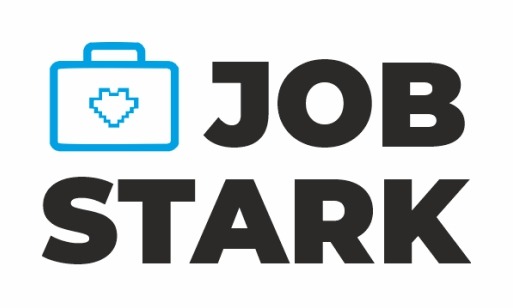Introduction:
In today’s competitive job market, artificial intelligence (AI) is revolutionizing the recruitment process, particularly in the screening of resumes or CVs. AI-assisted CV screening offers numerous benefits, such as efficiency, objectivity, and scalability. However, like any technology, it comes with its own set of risks and challenges. In this blog post, we will explore how organizations can effectively mitigate these risks to ensure fair and effective AI-assisted CV screening processes.
Understanding the Risks:
Before delving into mitigation strategies, it’s crucial to understand the potential risks associated with AI-assisted CV screening. These risks include:
- Bias and Discrimination: AI algorithms may inadvertently perpetuate biases present in historical hiring data, leading to discriminatory outcomes based on factors such as gender, ethnicity, or socioeconomic background.
- Lack of Transparency: Many AI algorithms operate as “black boxes,” meaning their decision-making processes are opaque and difficult to interpret. This lack of transparency can hinder accountability and trust in the CV screening process.
- Data Privacy Concerns: CV screening algorithms rely on vast amounts of personal data, raising concerns about data privacy and compliance with regulations such as the General Data Protection Regulation (GDPR).
- Algorithmic Errors: AI algorithms are not infallible and may produce errors or inaccuracies in CV screening, leading to qualified candidates being overlooked or unqualified candidates being advanced in the hiring process.
Mitigation Strategies:
To address these risks and ensure fair and effective AI-assisted CV screening, organizations can implement the following mitigation strategies:
- Diverse and Representative Training Data: Ensure that the AI algorithm is trained on diverse and representative datasets to minimize bias and promote fairness in CV screening outcomes. This may involve augmenting existing datasets or using techniques such as synthetic data generation.
- Regular Monitoring and Auditing: Implement processes for regular monitoring and auditing of AI algorithms to detect and correct any biases or errors that may arise over time. This can involve analyzing screening outcomes, soliciting feedback from stakeholders, and conducting independent audits of the algorithm.
- Transparency and Explainability: Prioritize transparency and explainability in AI-assisted CV screening by using interpretable algorithms and providing clear explanations of how decisions are made. This helps build trust with candidates and stakeholders and facilitates accountability in the hiring process.
- Data Privacy and Compliance: Adhere to data privacy regulations and best practices when collecting, storing, and processing candidate data for CV screening purposes. This may involve implementing robust data security measures, obtaining explicit consent from candidates, and anonymizing data where possible to protect privacy.
- Human Oversight and Intervention: Supplement AI-assisted CV screening with human oversight and intervention to review screening outcomes, address any biases or errors, and ensure that decisions align with organizational values and objectives. Human judgment remains essential in evaluating intangible qualities such as cultural fit and soft skills.
Conclusion:
AI-assisted CV screening holds tremendous potential to streamline and improve the recruitment process. However, it’s essential for organizations to proactively address the risks associated with AI technology to ensure fair, transparent, and effective hiring practices. By implementing diverse training data, regular monitoring, transparency measures, data privacy safeguards, and human oversight, organizations can mitigate these risks and harness the benefits of AI-assisted CV screening to build diverse, inclusive, and high-performing teams.
In summary, the successful adoption of AI-assisted CV screening requires a balanced approach that prioritizes fairness, transparency, privacy, and human judgment in the recruitment process.

